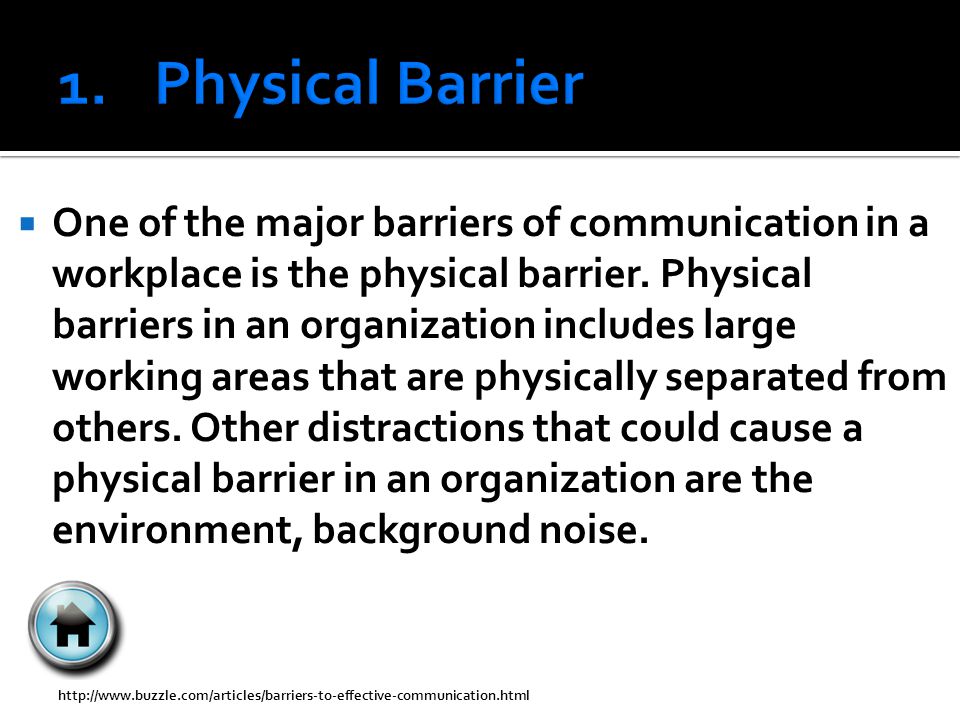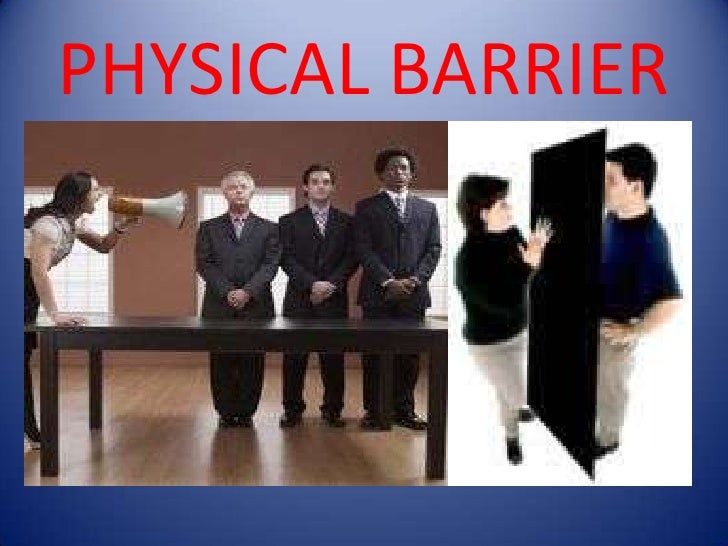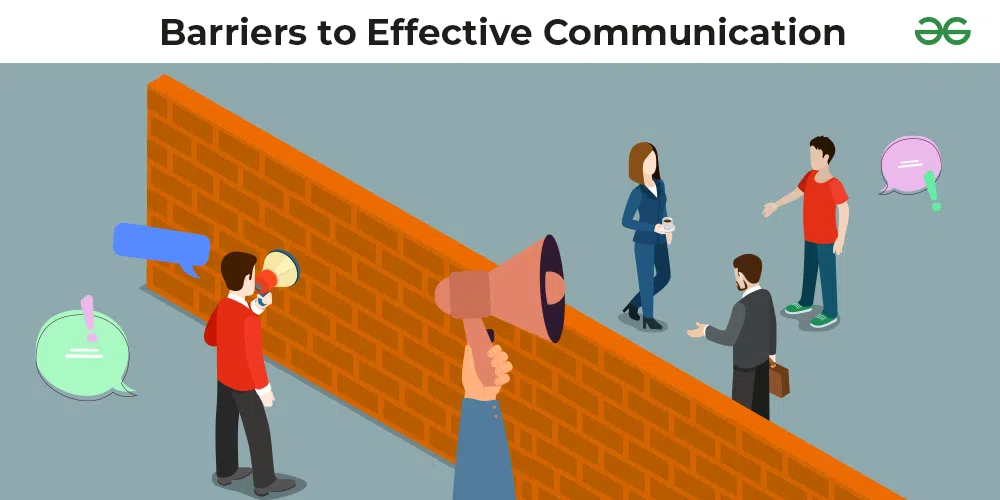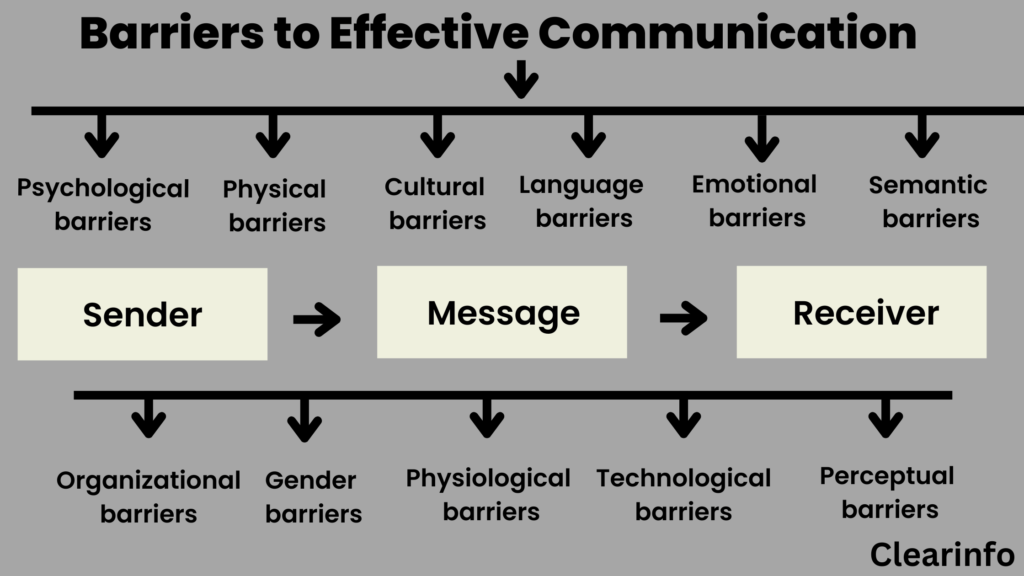Physical Barriers In Business Communication
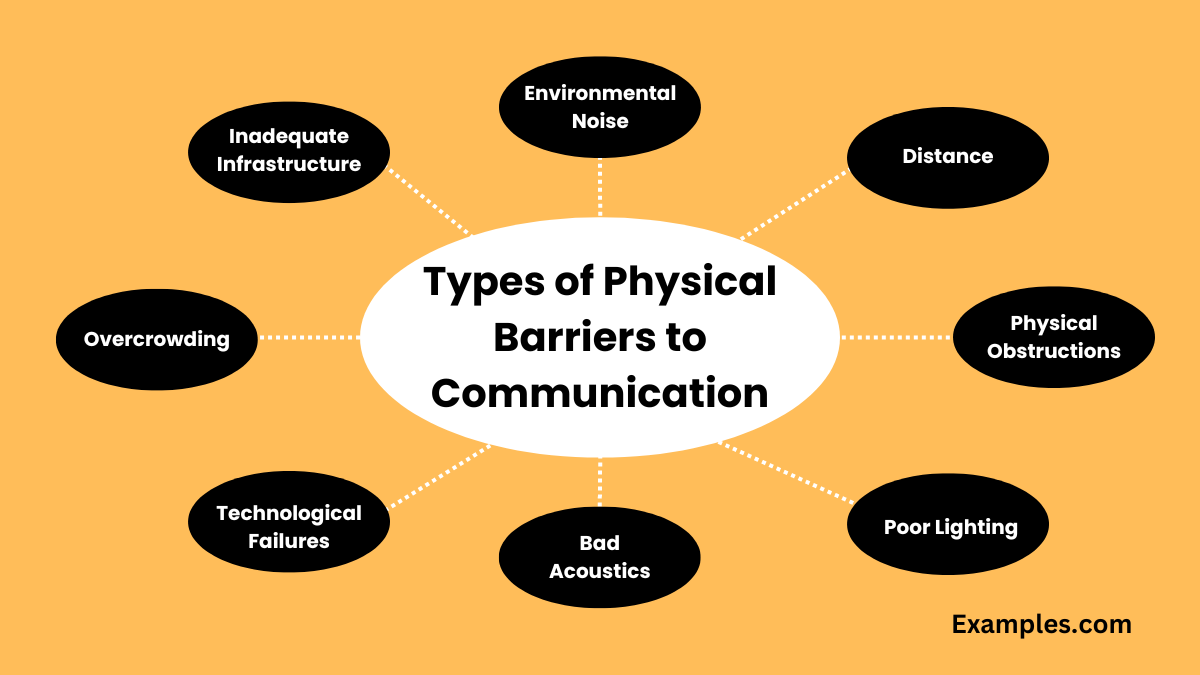
Imagine Sarah, a bright marketing executive, pitching a groundbreaking campaign idea. The conference room buzzes with anticipation, but the projector flickers intermittently, casting distracting shadows on her presentation. The microphone crackles, making her passionate delivery sound muffled and distant. A palpable sense of frustration fills the room, stifling the creative energy that had been building just moments before.
This scenario, while seemingly minor, highlights a significant yet often overlooked challenge in the modern business world: the impact of physical barriers on effective communication. These barriers, encompassing everything from faulty technology to uncomfortable environments, can significantly hinder the flow of information, damage employee morale, and ultimately impact a company's bottom line. Understanding and addressing these barriers is crucial for fostering a productive and collaborative workplace.
The Tangible Obstacles to Clear Communication
Physical barriers in business communication manifest in various forms. Poor acoustics in a meeting room can make it difficult to hear and understand speakers. This is a more common problem than many realize, particularly in older buildings or open-plan offices where sound travels easily.
Faulty or outdated technology, like Sarah's unreliable projector and microphone, disrupts presentations and video conferences. Such glitches can cause delays, frustration, and a loss of credibility for the presenter.
Even the physical layout of an office can create barriers. According to a study by Harvard Business Review, overly compartmentalized offices can limit spontaneous interactions and knowledge sharing between teams.
A poorly designed or maintained workspace can also impact communication. Consider uncomfortable chairs, inadequate lighting, or extreme temperatures; all these factors can distract employees and make it harder to focus on the message being conveyed.
Background and Significance
The importance of addressing physical barriers in business communication stems from their direct impact on employee productivity and overall organizational success. Effective communication is the bedrock of collaboration, innovation, and efficient decision-making.
When communication is hampered by physical obstacles, misunderstandings arise more easily. This can lead to errors, delays, and strained working relationships. According to a report by Project Management Institute (PMI), poor communication is a contributing factor in over 30% of project failures.
Beyond practical concerns, physical barriers can also negatively affect employee morale. Working in an environment where communication is consistently difficult can lead to frustration, disengagement, and decreased job satisfaction.
Overcoming the Hurdles: Practical Solutions
Fortunately, many of these physical barriers can be addressed with relatively simple solutions. Investing in reliable technology, such as high-quality projectors, microphones, and video conferencing systems, is a crucial first step.
Conducting regular maintenance checks and promptly addressing technical issues can prevent frustrating disruptions. Similarly, optimizing the office layout to encourage collaboration and communication is important.
This may involve creating more open spaces, installing soundproofing panels, or providing comfortable and well-equipped meeting rooms. Consider employee input when making changes to the physical workspace; their perspectives are invaluable.
Beyond the physical environment, companies should also prioritize clear and concise communication strategies. Training employees on effective communication techniques, both verbal and written, can help bridge potential gaps.
Furthermore, promoting a culture of open communication and encouraging feedback can help identify and address physical barriers as they arise. Organizations can implement regular surveys, focus groups, or suggestion boxes to gather employee input.
A Future of Seamless Communication
Addressing physical barriers in business communication is not merely about fixing technical glitches or rearranging office furniture. It's about creating a work environment where ideas can flow freely, collaboration thrives, and every voice is heard. By proactively identifying and mitigating these obstacles, companies can unlock the full potential of their workforce.
In a world that’s increasingly interconnected, the ability to communicate effectively is more vital than ever. By prioritizing clear and seamless communication, businesses can create a competitive advantage, foster a positive work culture, and ultimately achieve greater success. It’s a win-win for both employees and the organization as a whole, building a more connected and productive future.
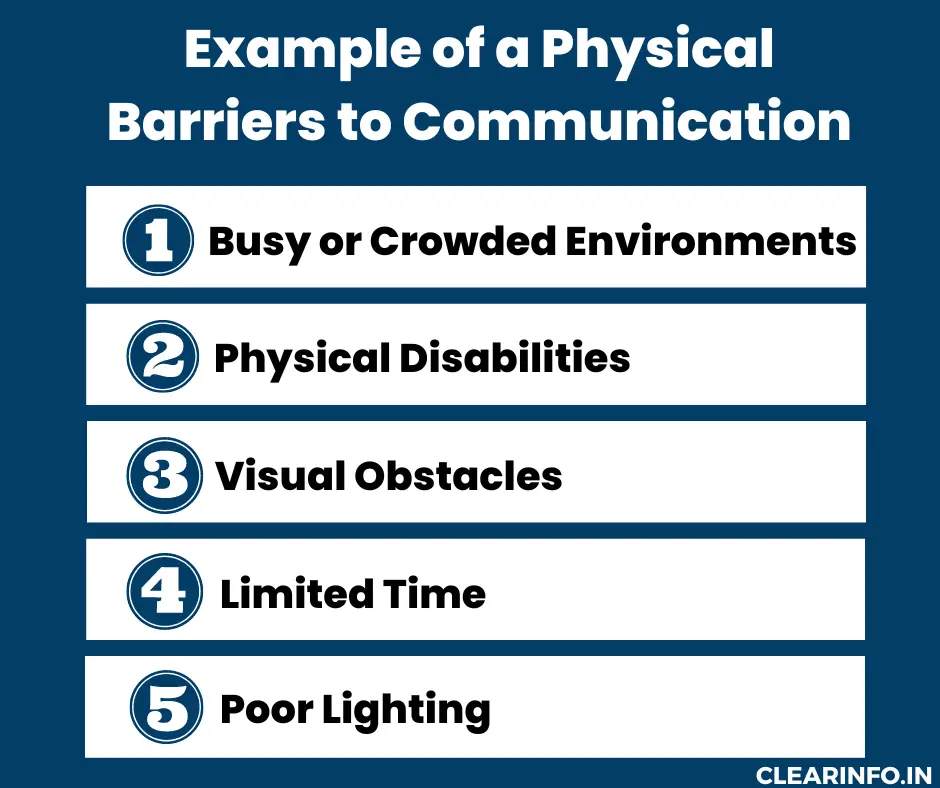
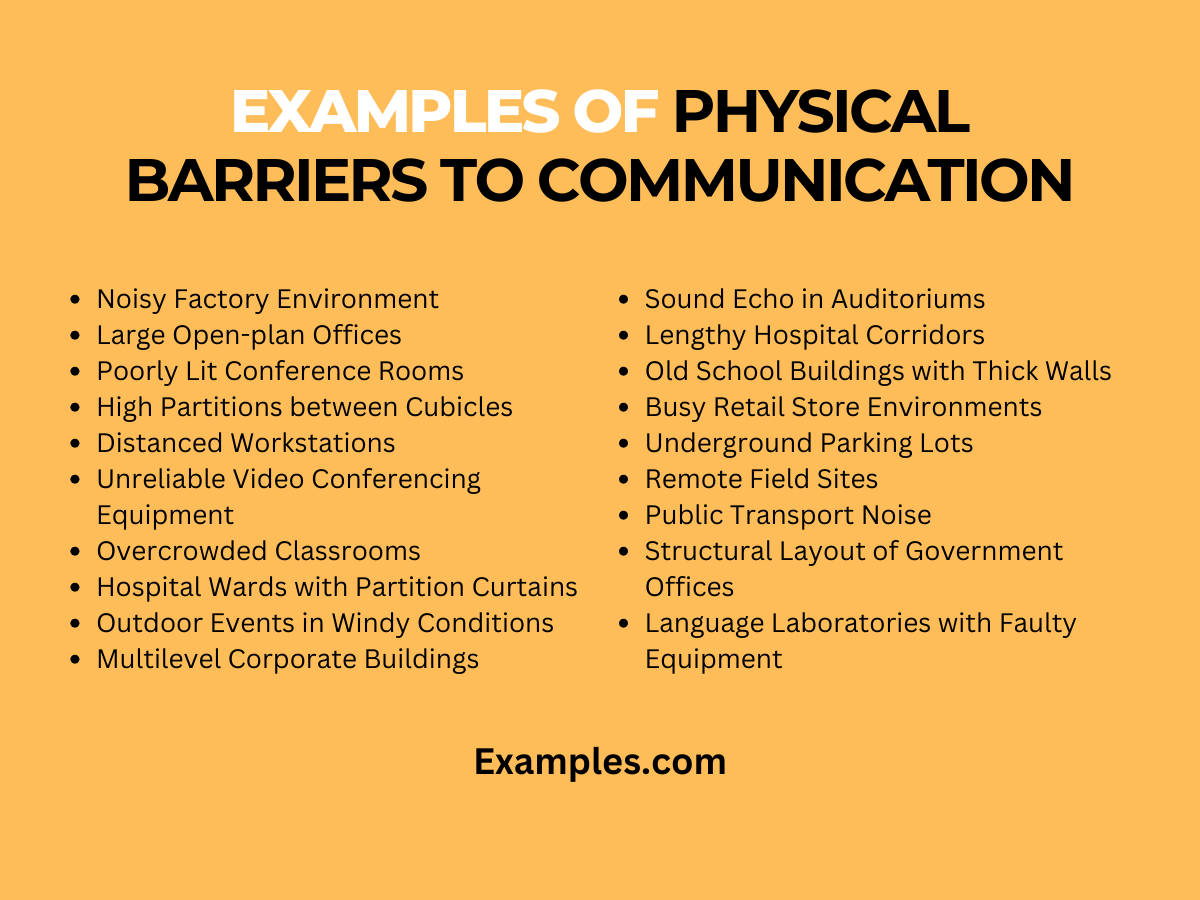

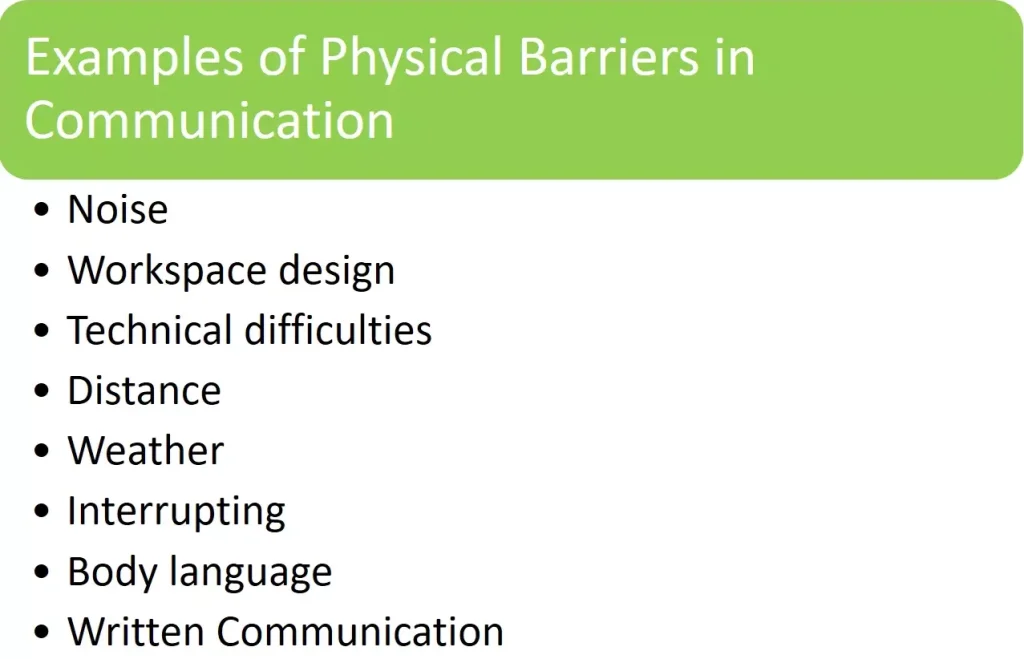

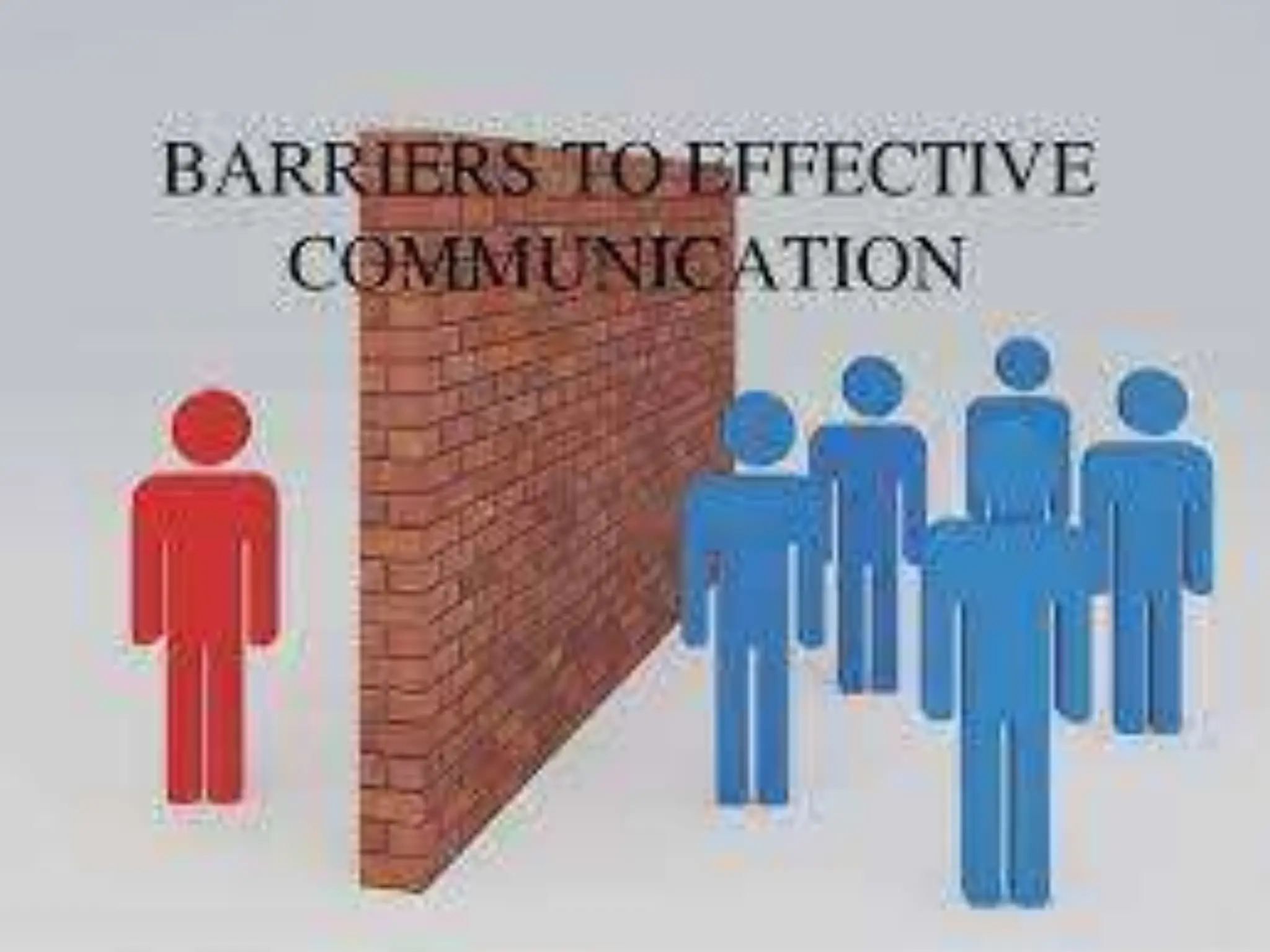

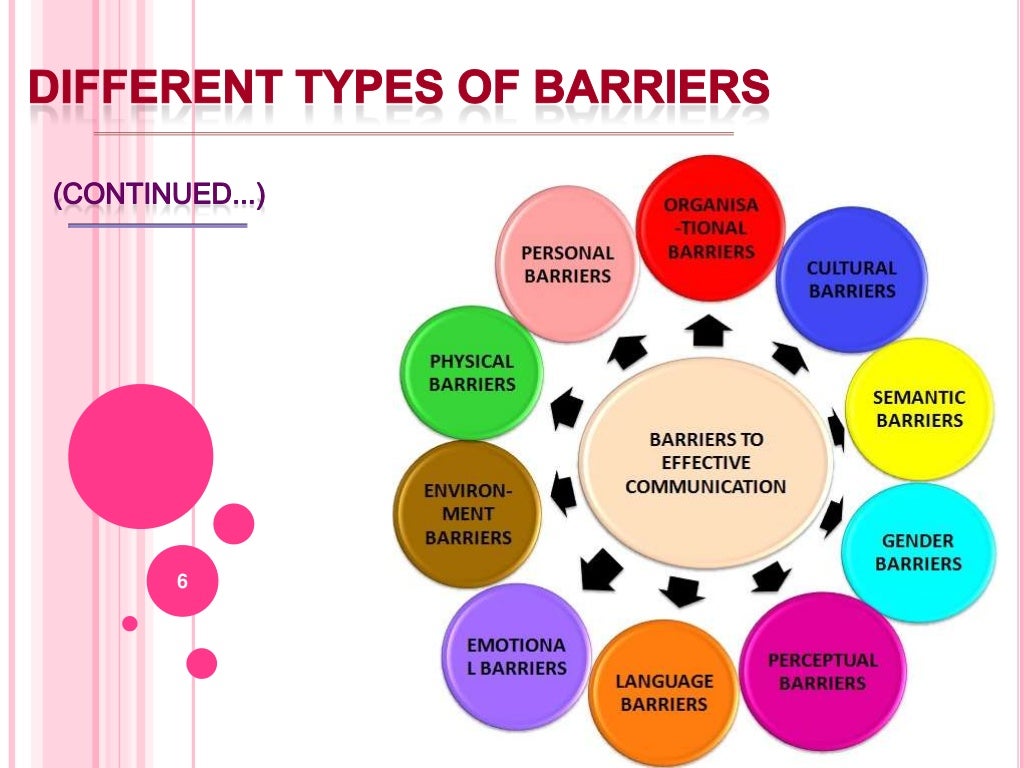
.png)
